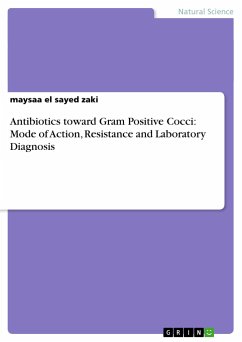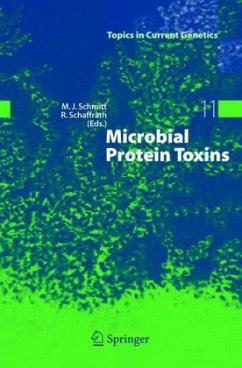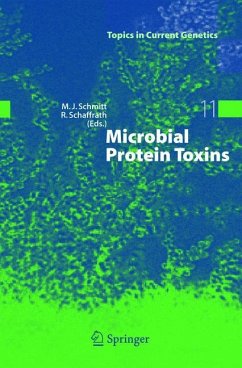
Mode of action of bacterial toxins and toxin therapy
Versandkostenfrei!
Versandfertig in 6-10 Tagen
29,99 €
inkl. MwSt.

PAYBACK Punkte
15 °P sammeln!
Bacterial toxins were the first molecules identified as responsible for serious bacterial diseases in humans and animals. They are extremely diverse in terms of size, structure, receptor, enzymatic activity and specific mode of action. Recently, a major effort has been made to unravel the mechanisms of action of these molecules. These include extracellular activity, forming membrane pores, and intracellular activity, where many functional proteins are inhibited, such as G proteins, RAS proteins, translation elongation factor 2 and SNAREs proteins. Consequently, bacterial toxins are at the fron...
Bacterial toxins were the first molecules identified as responsible for serious bacterial diseases in humans and animals. They are extremely diverse in terms of size, structure, receptor, enzymatic activity and specific mode of action. Recently, a major effort has been made to unravel the mechanisms of action of these molecules. These include extracellular activity, forming membrane pores, and intracellular activity, where many functional proteins are inhibited, such as G proteins, RAS proteins, translation elongation factor 2 and SNAREs proteins. Consequently, bacterial toxins are at the frontier of various disciplines, including bacteriology, cell biology, molecular biology, immunology and vaccinology. In this way, they are applied in a number of therapeutic and aesthetic fields, representing their positive side. This is what we call toxin therapy.














